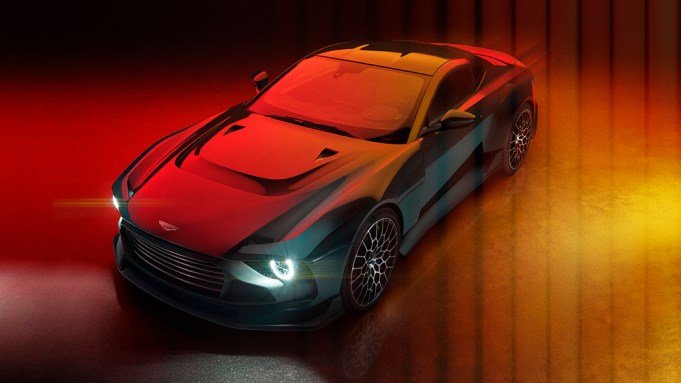Aston Martin Is Investing in Hybrids as EV Demand Wavers

Aston Martin’s confidence in its electrification strategy appears to be wavering.
The British marque now says that in plans to continue building vehicles with combustion engines into the next decade just one month after delaying the debut of its first EV, according to Autocar. Additionally, it’s shifting its development focus from battery-powered models to hybrids going forward.
Like its peers, Aston Martin has spent recent years outlining a plan to phase out the combustion engine by the end of the decade as part of its transition to making all-electric vehicles. But company chairman Lawrence Stroll told the British publication that the timeline has been tossed out. The executive says it’s now that part of what the brand’s customers like about its cars are the “sounds and smell” produced by an ICE powertrain. Because of that, the marque now expects to build sports cars and SUVs with combustion engines well into the 2030s.
The Aston Martin DBX could be the automaker’s first plug-in hybrid
Aston Martin
“For as long as we’re allowed to make ICE cars, we’ll make them,” Stroll told the magazine. “I think there will always be demand, even if it’s small.”
This doesn’t mean that the automaker is suddenly opposed to electrification. Aston Martin may have originally viewed plug-in hybrids (PHEVs) as a “bridging” technology, but it now sees them as an effective way of satisfying its current customer base while keeping up with changing emission standards and regulations. Stroll says the company is investing “very heavily” in PHEVs based around V-8 mills sourced from Mercedes-AMG. The executive didn’t say what model will be the first to get a hybrid powertrain, but the publication identifies the DBX SUV as an “obvious contender.”
Stroll said that Aston Martin will continue to develop EVs, even though it’s become clear there is more “politically driven” hype than actual customer demand for them, especially at the brand’s price point. He feels that this is because Aston Martins and other premium sports cars are primarily for leisure, not everyday driving. The executive also reiterated the brand’s plan to build four distinct battery-powered models—a GT, an SUV, a crossover, and, most exciting of all, a mid-engine supercar. The EVs will share a bespoke architecture and the first remains on schedule to debut in late 2026, before going on sale the next year.
Authors
-

Bryan Hood
Senior Staff Writer
Bryan Hood is a digital staff writer at Robb Report. Before joining the magazine, he worked for the New York Post, Artinfo and New York magazine, where he covered everything from celebrity gossip to…
Read More
Source: Robb Report



